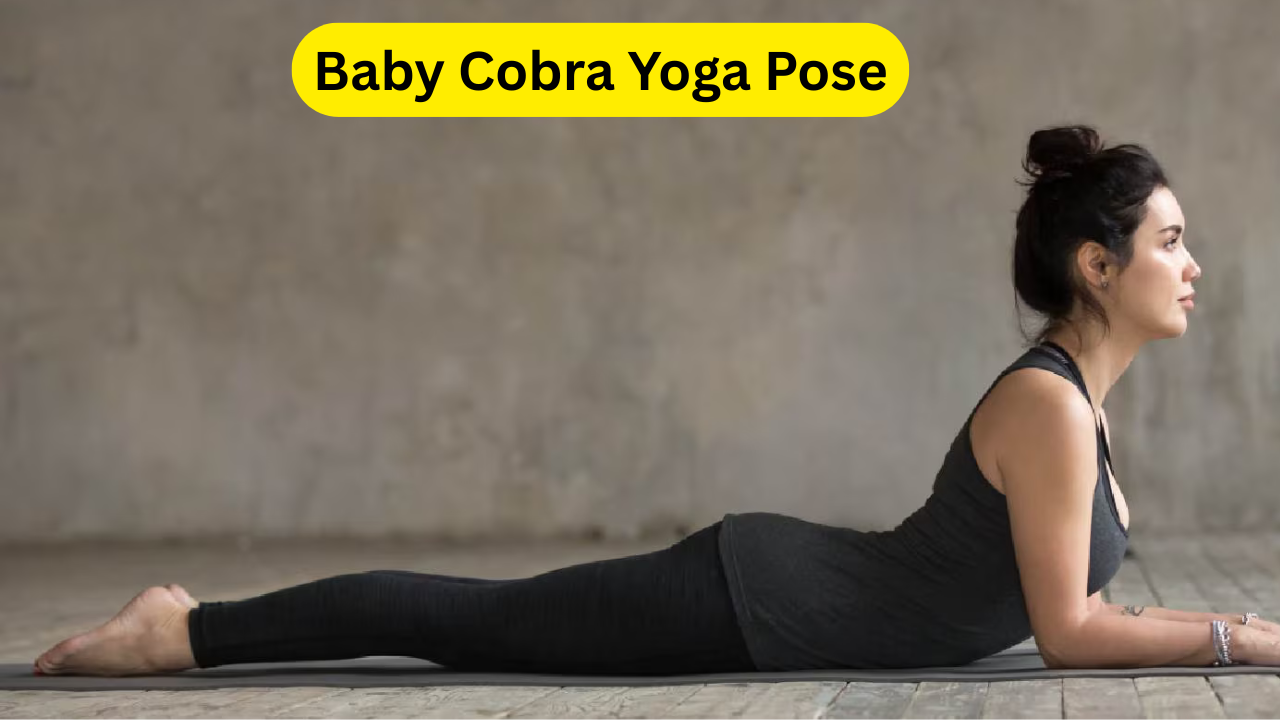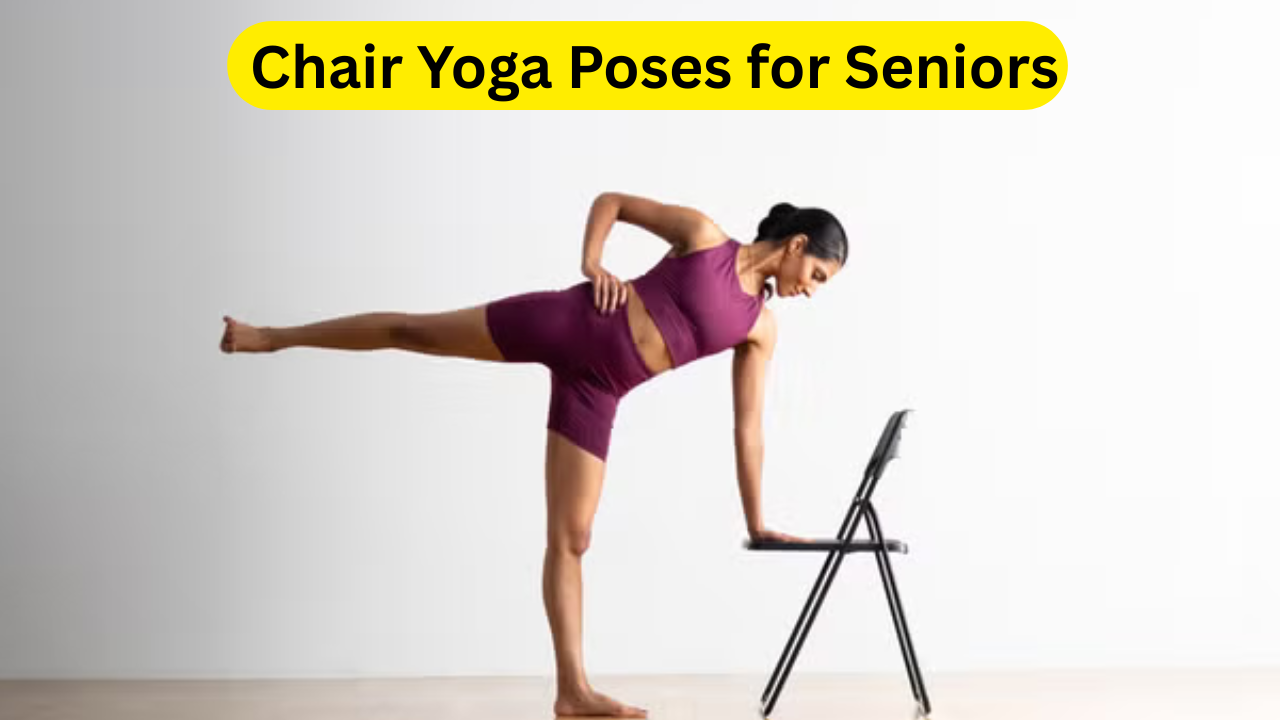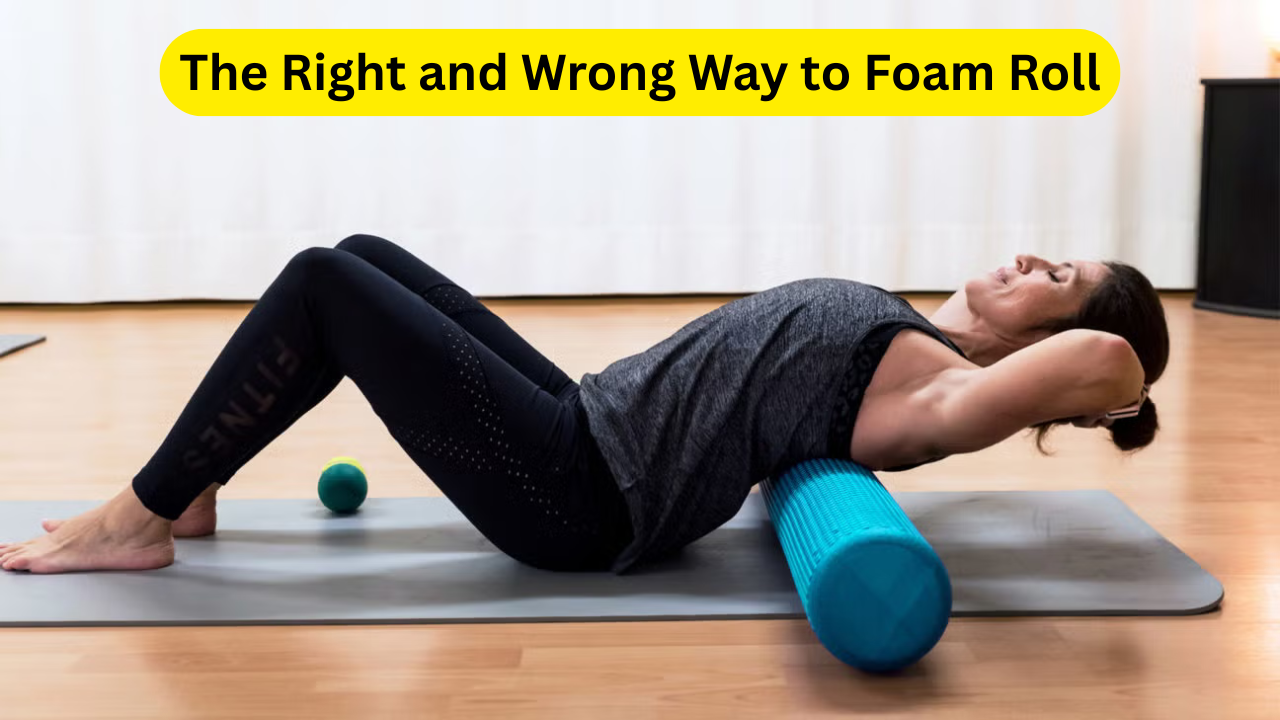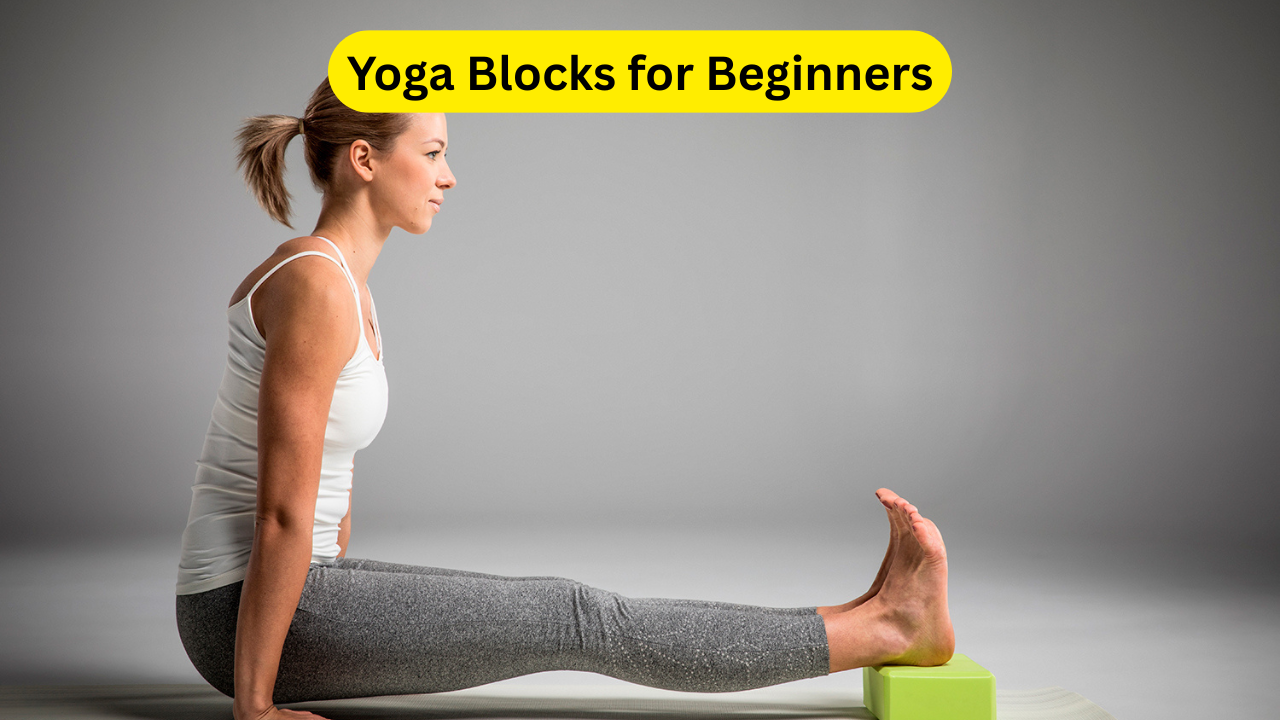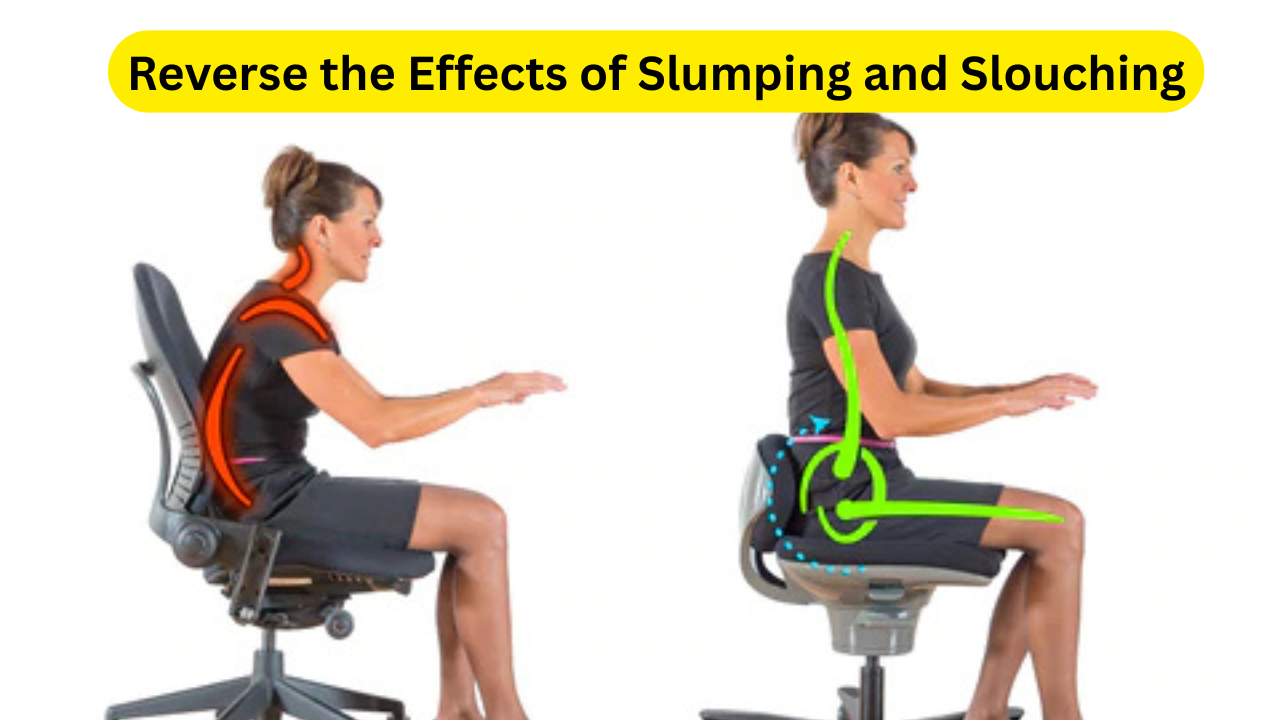Bound Angle Pose: Bound Angle Pose (Baddha Konasana) is a seated yoga posture known for its ability to stretch the inner thighs, open the hips, and improve flexibility. This seemingly simple yet powerful pose holds a deep impact on both physical and mental wellness, providing a deep stretch to the groins, thighs, and lower back. Practicing Baddha Konasana regularly can help individuals open their hips and inner thighs, providing relief from muscle tightness, particularly for those who sit for long hours. Additionally, this asana aids in strengthening the core, improving posture, and fostering body awareness.
In this pose, practitioners sit with their feet bound together, the soles facing each other, and the knees open to the sides. The upper body remains tall and engaged, with the spine elongated and chest lifted. Though it may seem easy at first glance, Baddha Konasana challenges flexibility and strength simultaneously, making it an excellent choice for both beginners and advanced practitioners. By maintaining awareness and mindfulness in the pose, practitioners not only improve their flexibility but also gain a deeper sense of presence and relaxation.
Bound Angle Pose is also incredibly beneficial for those who suffer from tight hips, lower back discomfort, or hamstring stiffness. This yoga pose activates the external rotation of the hips and works on the adductors, glutes, and thighs. It is especially helpful in preparation for more advanced asanas like Warrior II (Virabhadrasana II) and Extended Triangle Pose (Utthita Trikonasana), which require a high level of hip flexibility and stability. In this detailed guide, we will explore how to perform Baddha Konasana, its variations, benefits, and common mistakes to avoid.
How to Perform Bound Angle Pose (Baddha Konasana)
Step-by-Step Instructions
- Start in Staff Pose (Dandasana): Sit on the floor with your legs stretched out straight in front of you. Engage your core muscles and sit directly on your sitting bones to create a long, upright spine.
- Bend Your Knees: Gently bend your knees, allowing them to fall open to the sides. Bring the soles of your feet together, letting them touch lightly.
- Open Your Feet: Hold your feet with both hands, and gently press your heels toward your pelvis. Open the feet like the pages of a book. This will help deepen the stretch in the inner thighs.
- Lift Through Your Chest: Press your shoulder blades against your upper back and lift your sternum (chest) towards the sky. Focus on maintaining a long spine throughout the posture.
- Engage Your Core: Keep your core muscles engaged to prevent rounding of the back. This will help you maintain an upright position and reduce strain in your spine.
- Hold the Position: Stay in the pose for several breaths, feeling the stretch in your inner thighs and groins. If you experience discomfort or strain, ease out of the posture.
To Exit the Pose:
Slowly release your feet and come back to Staff Pose by extending your legs straight out in front of you.
Benefits of Bound Angle Pose
1. Opens the Hips and Inner Thighs
One of the primary benefits of Baddha Konasana is its ability to open the hips and stretch the inner thighs. The external rotation of the hips and the wide leg position help increase flexibility in the hip joint and improve mobility in the groins.
2. Improves Posture and Spine Alignment
By encouraging a long, upright spine, this pose promotes better posture. The action of lifting the chest and opening the shoulders engages the muscles of the upper back, which helps improve overall spinal alignment.
3. Strengthens the Core
To maintain an upright position, your core muscles need to be engaged, making this a great pose for strengthening the abdominal muscles and improving core stability.
4. Relieves Tension in the Lower Body
Baddha Konasana is particularly effective for relieving tightness in the hips, hamstrings, and lower back, making it ideal for people who experience discomfort from sitting for long periods or those with tight hip flexors.
5. Promotes Mental Calmness and Focus
This pose can be very grounding, promoting mindfulness and mental clarity. As you hold the posture, focus on your breath and sensations in the body, which can help calm the mind and reduce stress.
Variations of Bound Angle Pose
1. Bound Angle Pose with a Slight Lean Forward
A slight forward lean deepens the stretch in the inner thighs. Begin by flexing your hips and lengthening your spine as you lean forward. Be mindful not to round your back. If you find it difficult to sit upright, you can sit on a folded blanket to tilt your pelvis forward, which will make the pose more accessible.
2. Bound Angle Pose with Props
If your knees remain far from the floor, consider using props like blocks or folded blankets to support your knees. This will help reduce strain and make the stretch more comfortable.
3. Bound Angle Pose in a Chair
For individuals who find sitting on the floor uncomfortable, Bound Angle Pose can also be practiced in a chair. Simply sit upright with your feet bound together, allowing your knees to fall open to the sides. This variation is perfect for beginners or those with knee or hip injuries.
Tips for Practicing Bound Angle Pose

- Relax the Thighs: Avoid pressing the balls of your feet together too forcefully. Instead, press the heels together gently while letting the balls of the feet relax. This will help reduce tension in the lower body.
- Support Your Knees: If you have tight hips or your knees are far from the floor, use folded blankets, cushions, or yoga blocks to support your thighs. This will help you get the most out of the stretch without straining your body.
- Avoid Rounding Your Back: Keep your spine long and avoid slouching. If you find it difficult to stay upright, sit with your back against a wall for added support.
Click Here: Working Out Barefoot: Pros and Cons
Preparatory and Counter Poses
Preparatory Poses
To prepare your body for Bound Angle Pose, consider practicing these poses:
- Supta Padangusthasana I (Reclining Hand-to-Big Toe Pose)
- Vrksasana (Tree Pose)
- Upavistha Konasana (Wide-Angle Seated Forward Bend)
Counter Poses
After practicing Bound Angle Pose, consider doing the following counter poses:
- Dandasana (Staff Pose)
- Purvottanasana (Reverse Plank Pose)
- Setu Bandha Sarvangasana (Bridge Pose)
Common Mistakes to Avoid in Bound Angle Pose
- Forcing the Knees Down: Avoid forcing your knees toward the floor. Instead, let the hips and thighs relax and gently guide the knees downward by engaging the glutes and hamstrings.
- Rounding the Back: Ensure that your spine remains long and straight. Rounding the back can lead to strain in the lower back. Engage your core muscles to support your posture.
- Not Using Props: If your knees are far from the floor, don’t hesitate to use props like blankets or blocks to provide support. This will help you maintain comfort and avoid excessive strain.
- Pressing the Balls of Your Feet Together: Instead of pressing the balls of your feet, focus on gently drawing the soles of your feet away from one another, maintaining light pressure through the heels.
Also Read: 2026 Aston Martin Vanquish Volante: The Ultimate Open-Top Grand Tourer
Bound Angle Pose Conclusion
Bound Angle Pose is a versatile and essential yoga pose that offers a wide range of benefits, from improving flexibility to enhancing core strength and posture. Whether you’re a beginner or an advanced practitioner, Baddha Konasana provides an opportunity to explore your body’s limits while cultivating mindfulness and presence. Regular practice of this pose helps open the hips, stretch the inner thighs, and promote better alignment in the spine. As a gentle yet effective posture, Bound Angle Pose is beneficial for those who spend a lot of time sitting or those who engage in activities that require deep hip flexibility.
When practicing Baddha Konasana, it is important to listen to your body and never force yourself into a deeper stretch than what feels comfortable. Using props, maintaining a long spine, and engaging your core are key elements that will help you get the most out of this pose. Remember, yoga is about finding balance and cultivating awareness, and Bound Angle Pose is a perfect example of that principle.
Whether you’re looking to improve your flexibility, relieve tension in your hips, or enhance your yoga practice, Bound Angle Pose offers a powerful tool for achieving greater physical and mental wellness. By incorporating this posture into your routine, you can experience its many benefits, including increased mobility, improved posture, and a calmer mind.
Bound Angle Pose FAQs:
1. How long should I hold Bound Angle Pose?
It is recommended to hold Bound Angle Pose for 30 seconds to 1 minute, but if you’re comfortable, you can extend the duration to several minutes. Focus on your breath and maintain a gentle stretch throughout.
2. Can I practice Baddha Konasana if I have tight hips or knee pain?
Yes! If you have tight hips or knee pain, use props such as blocks or folded blankets under your knees for extra support. This will reduce strain and make the pose more accessible. Avoid forcing your knees to the floor, and always listen to your body.
3. Is Bound Angle Pose suitable for beginners?
Yes, Bound Angle Pose is great for beginners. Start with shorter durations, and use props to support your knees if needed. Focus on engaging your core and maintaining an upright spine.
4. What are the benefits of Bound Angle Pose for mental clarity?
Bound Angle Pose can help promote mental calmness by encouraging mindfulness and focus. Holding the pose and focusing on your breath can help you let go of stress and create a sense of mental clarity.
5. Can Bound Angle Pose improve my flexibility in other poses?
Absolutely! Bound Angle Pose helps open the hips and stretch the inner thighs, which can improve your ability to perform other poses such as Warrior II, Extended Triangle Pose, and Pigeon Pose, all of which require hip flexibility and stability.

